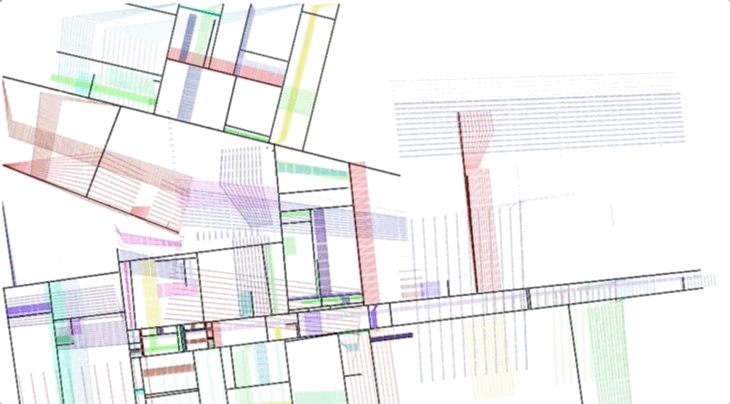react-substrate-canvas
 .
.
The method for showing cracks on a canvas created by Jared Tarbell on his complexification site
Installation
This is a ReactJS component available through the npm registry.
Installation is done using the
npm install command:
$ npm install react-substrate-canvasHow to Use
To simply add the happy place canvas on to the page import it and include it into the container. The styling must be manually applied through your CSS environment, there is no styling added on to the page from the react-substrate-canvas.
;; const App = { return <SubstrateCanvas /> ;}; ;Color
The root color of the cracks painter. The painters are the lines that follow the movement and growth of the cracks
const App = { ... return <SubstrateCanvas color="#e58017" /> ; ...};Crack Count
How many cracks are suppose to be running on the canvas at one time. The more cracks there are on the board at one time the fast the board "crystilizes".
const App = { ... return <SubstrateCanvas crackCount=300 /> ; ...};Maximum Cracks
The total amount of cracks that will spawn on the canvas. Cracks only have a small lifespan, they exist until they collide with the side of the canvas or another crack.
const App = { ... return <SubstrateCanvas maxCracks=10000 /> ; ...};Initial Cracks
The initial amount of cracks that are suppose to spawn into the canvas, we need an inital amount of crack to seed the rest of the crack on the canvas.
const App = { ... return <SubstrateCanvas initialCracks=30 /> ; ...};